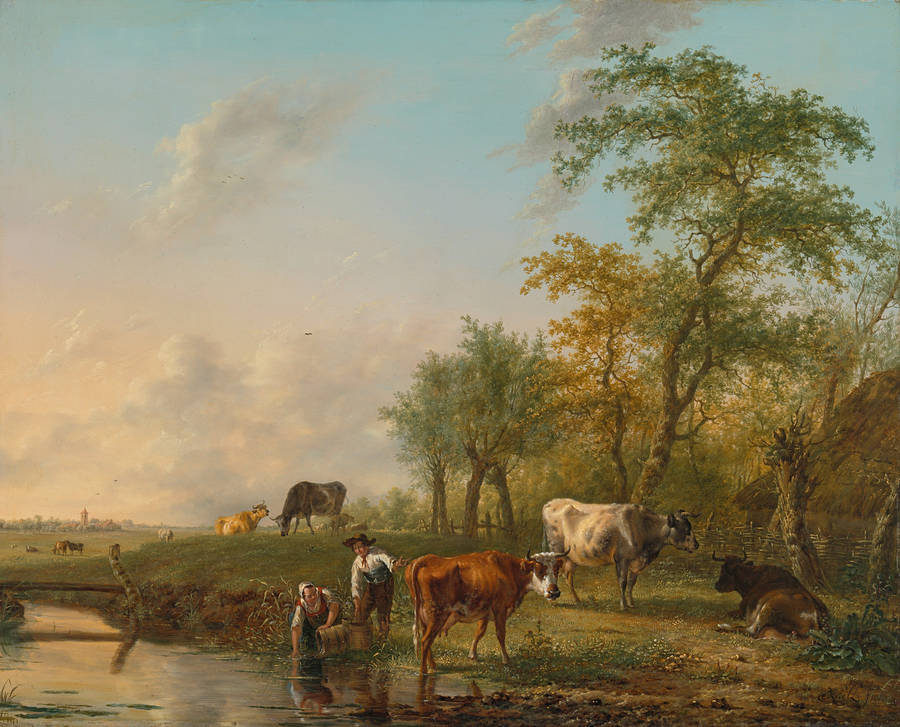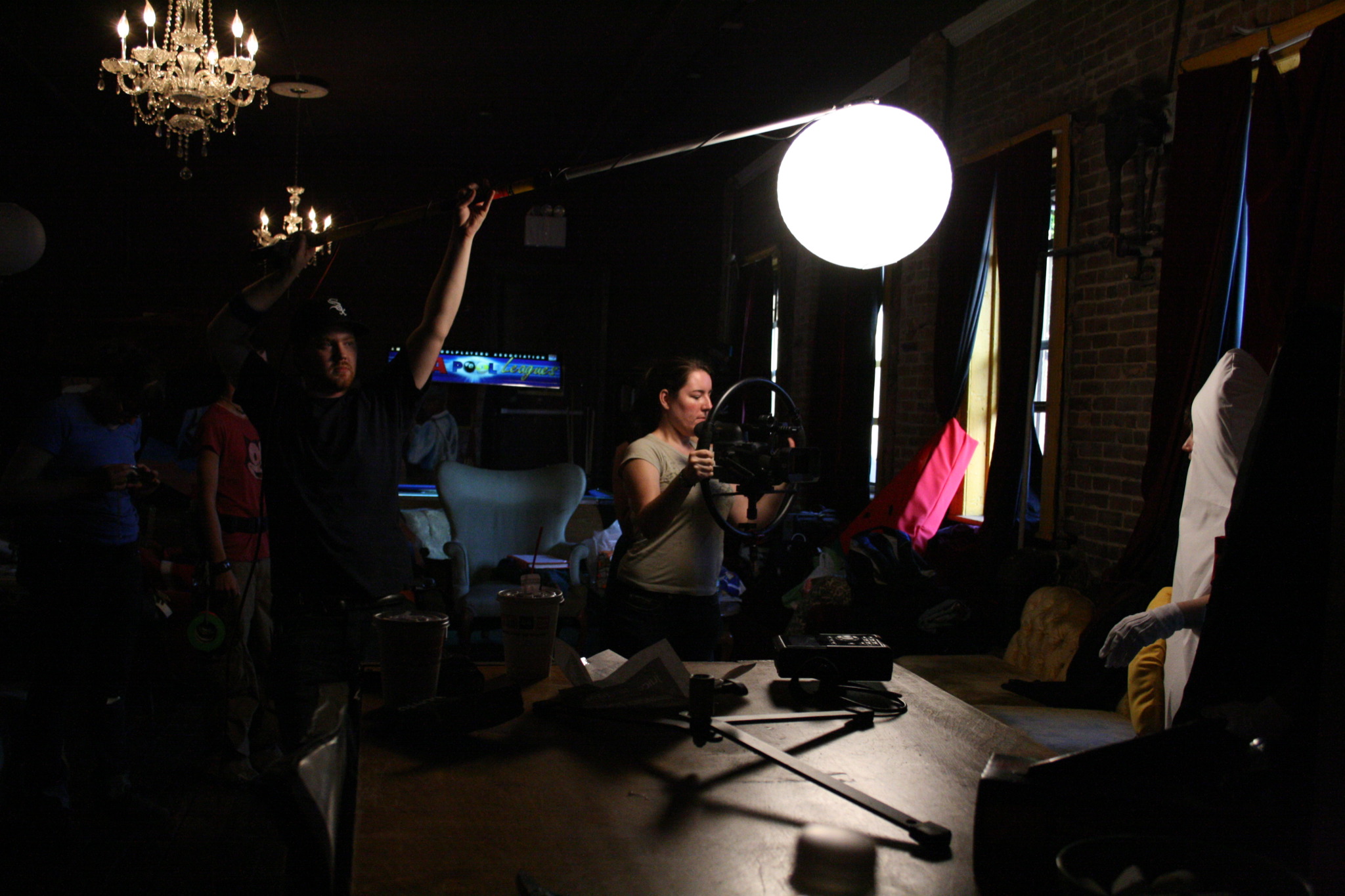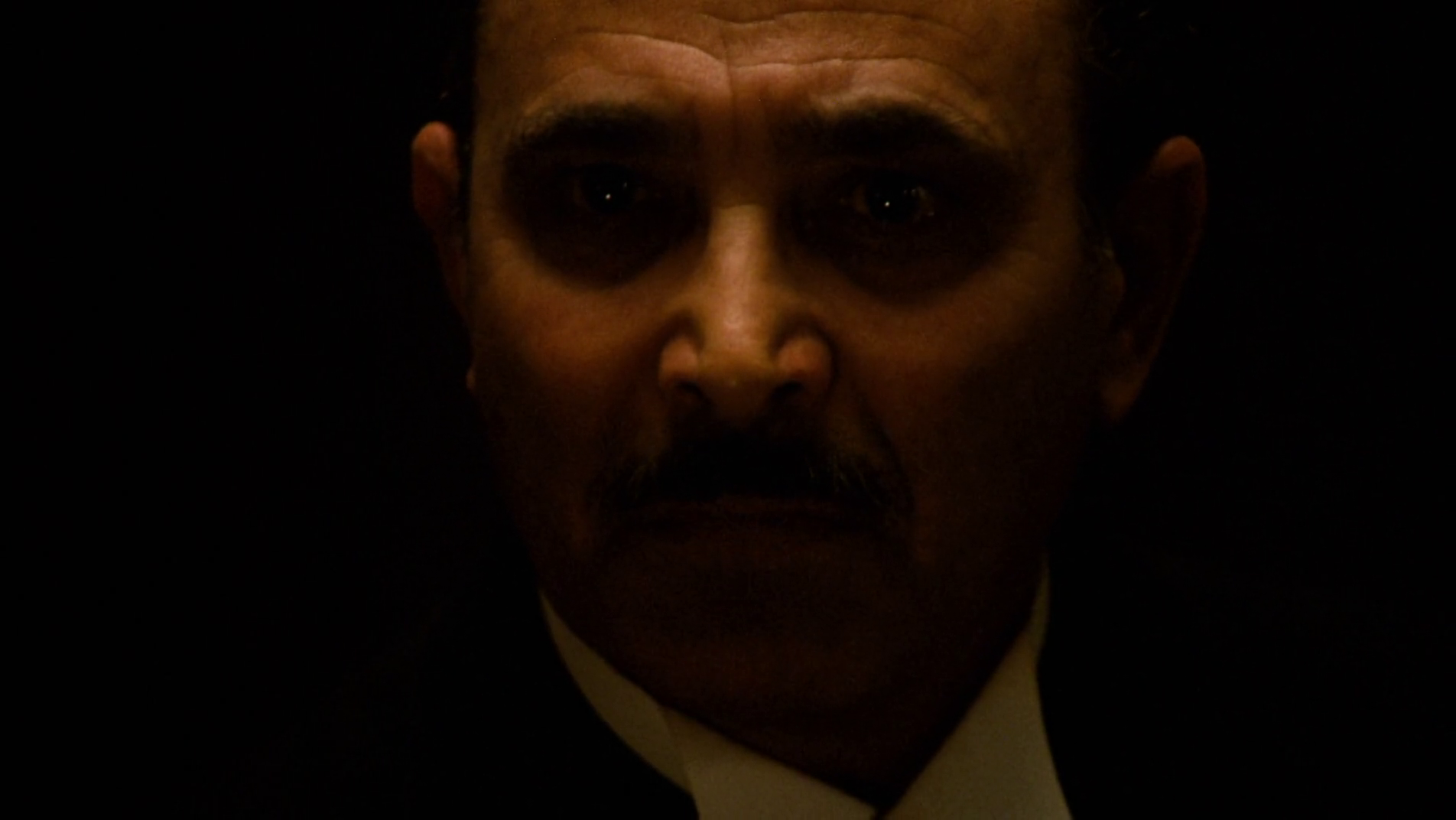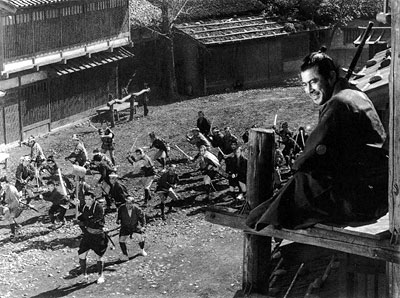As promised, here is the start of a series of posts on
some of the equipment used in video land. Whether you’re looking to have some inexpensive
DIY equipment to use for a weekly video post or you’re looking to understand
some of the bigger lights that go into higher budget projects, this post will
look at some of the tools available to you. If you talk to people passionate
about lighting, they’ll tell you that what they do is paint with light. Take a
look at the masterful use of light by Rembrandt, Vermeer, Grimshaw, Renoir, and
other great painters. Lighting for film strives to create as much beauty as the
works of those artists.
 |
| Vermeer - "The Art of Painting" |
|
 |
| Renoir -"Self-Portrait" |
|
For the lower end of the budget spectrum, the tools you
have serve more to illuminate than to light, but realize that the art of
lighting involves a deep understanding of how light behaves and interacts with
its surroundings. A post for another day will be to look at how light can be
manipulated to fit certain situations. For now, however, I’ll stick to a more
basic description of the lights.
(1) Extension cord – If you are an astute observer, you
will have noticed that an extension cord is not, in fact a light. What good is
a light if you can’t get electricity to it? While most of the lights will come
with a power cord, you often need to place lights farther away from an outlet
than the basic cord allows. For most of the lights in this post, a standard
hardware extension cord will do the trick. Snag a couple of 25’ cords from your
local hardware store and you should be fine.
(2) Practicals – a practical isn’t any one specific
lighting instrument. It’s any old light that will be visible within your scene.
Table lamps, floor lamps, street lights—these can all act as practicals in your
video both illuminating the scene and providing some nice mise-en-scène.
 |
| A clamp light |
(3) Clamp Lights – these lights can be bought at your
local hardware store for under $20. They take your typical incandescent bulbs
so you can have some freedom to pop in a 60w or a 200w depending on how much
light you want (60w will be dimmer than 200w). These lights come with a clip
that can attach to tables, pipes, rails, the metal grid of the ceiling, etc. If
you plan on hanging any lights above people, or in an area where people will be
present, it is always a good idea to add a safety to it—meaning take some rope
and tie it up so that if the clamp slips, the light won’t fall all the way to
the ground (or your face). These lights provide a direct beam of light which
will most likely cause harsh shadows. In a later post I will talk about
different ways to “soften” the source of the light in order to help deal with
those shadows.
 |
| A Chinese lantern at work. |
(4) Chinese lanterns – a staple of the up-and-coming
lighting technician, the Chinese lantern is exactly what it sounds like. They
are light weight and inexpensive which makes them great to use on a budget.
Depending on where you get your lantern, you may have to purchase a socket
separately. These, like the clamp light, take incandescent bulbs. One thing to
be very careful of is the wattage rating for different sized paper lanterns. Do
not use a 150w bulb in a lantern that says the maximum wattage is 40w. This is
a fire hazard, so be sure to check the labels/internet to see what size bulbs
can go in what sized lamps. Unlike the clamp light, the Chinese lanterns emit a
nice soft light that will produce much less stark shadows.
Now we’re going to move on to some more professional
lighting instruments that you might consider using on higher budget projects.
If you’re looking to add an in-house video unit, you can purchase a good amount
of equipment at
B+H Photo and Video. If you’re looking just to dabble in your
free time without making purchases, there are a number of rental houses (in the
Boston area you might try
Rule,
Quixote, or
High Output). Freelancers might
also have their own lights that they will include as part of their personal
equipment package.
 |
| A Lowell lighting kit complete with Pro, Omni and Tota |
(5) Lowell lights (the pro, omni, and tota) – this is a
bit of a three-for-one deal. A basic Lowell lighting kit like the one shown
above comes with three different lights ranging in wattage from 200w – 700w.
Compared with your average 60w incandescent lamp, these output a bit more
light. Two of the lights pictured here (the pro and omni) come with barn doors that
allow you to control the shape of the light. The tota is more difficult to
control but offers higher output than the other two. As I affectionately say,
the tota basically vomits light.
 |
| A set of Arri lights |
|
 |
| A set of Mole-Richardson lights |
|
(6) Tungsten Arri/Mole-Richardson lights – The Arri and
Mole-Richardson lights shown above are tungsten sources that can range from
100w all the way up to 2kw. As you can tell, the lights are getting a bit
brighter as we go. These lights all come equipped with barn doors to help shape
the light, and you can also elect to add some other accessories like scrims
(circular metal objects that serve to reduce the intensity of a light).
 |
| A kino |
(7) Kino flos - Kinos are fluorescent lights that avoid the pitfalls of many typical fluorescent fixtures. The main problem with fluorescent lights comes from their slightly greenish emissions. Kino's tubes, however, don't suffer from this problem. They can come balanced for daylight or tungsten and are nice, light-weight sources that produce a soft, even light.
 |
| ETC Source 4 |
(8) ETC Source 4s – typically used in theater, these
lights have been popping up more and more in film lighting kits. They come in
different degrees (from 5° to 50°) with the narrower angle being a more direct
beam of light. Another aspect that sets the source 4s apart from other film
instruments is that they have shutters built into the bodies of the lights to
create precise cuts of light. The barrel can also be slid forwards and back to
focus the beam creating sharp shadows or shadows with more feathered edges.
 |
| 18kw HMIs |
(9) HMIs – the big guns. HMI lights are the big daddies.
The smallest is around 575w and the largest, like the pair shown in the picture
above, are a whopping 18,000w. These have a wide variety of uses, but one such
use is lighting daytime exteriors. The sun is so powerful that in order to use
artificial light in a scene, it’s got to pack a punch itself. Your average
household circuit will blow many times over if you somehow managed to plug an
18kw light into it. For any HMIs bigger than 2kw, you’re going to need to run
power from an external generator or tie in to the main (which is extremely
dangerous and should only be done by certified professionals).
This concludes a brief survey of some lighting
instruments you should consider when delving into the world of video. Just to
let you know, I did not include any LED lights on this list because I haven’t
worked with them enough. But LED lights are making a push into the film scene.
Happy lighting!
-- by Joseph Baron



















